‘Intellectually inferior’: Author Claims Humans Caused Neanderthals to Go Extinct
For hundreds of thousands of years, a unique species of hominin known as the Neanderthals inhabited vast portions of Europe and Asia before their mysterious disappearance 40,000 years ago.
Anthropologists can’t be sure what led to their extinction. Some researchers blame the climate, others suggest low fertility rates led to the Neanderthal’s demise. However, one author believes he has found compelling evidence to suggest Homo sapiens are to blame for the extinction of Neanderthals.
Who Are the Neanderthals?
Neanderthals are a group of hominins closely related to modern humans that emerged in Eurasia at least 430,000 years ago.
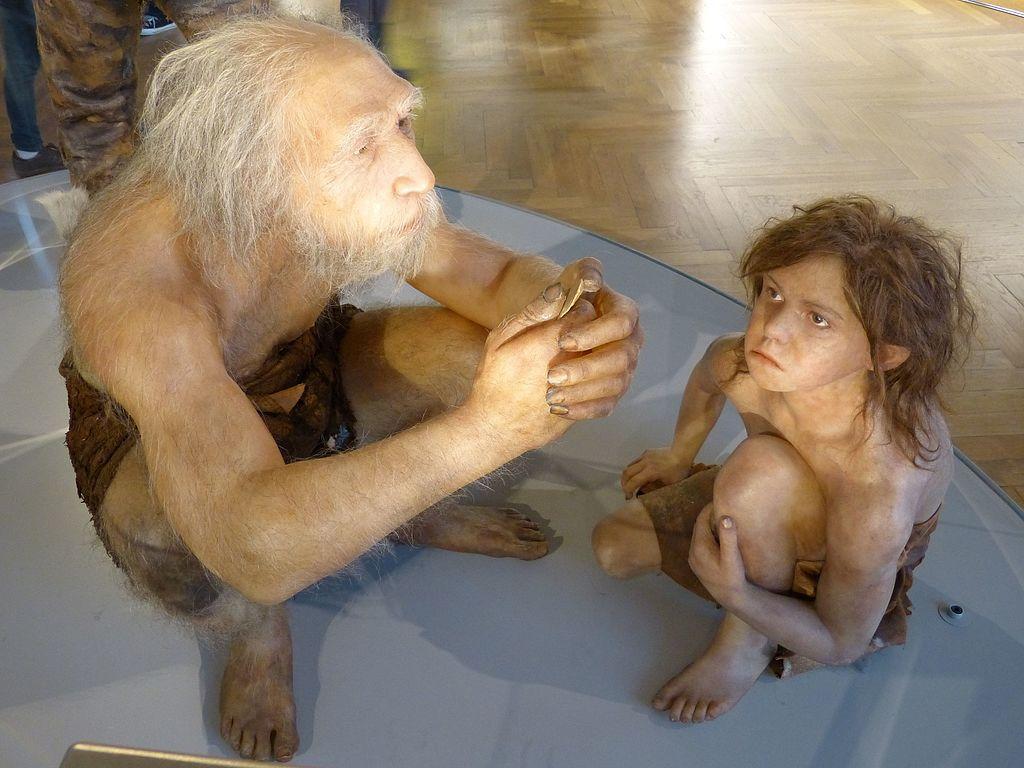
Source: Wikimedia
The Neanderthals settled in regions throughout northwestern Europe, Central Asia, Southern Siberia, and the Middle East long before the emergence of Homo sapiens but eventually went extinct 40,000 years ago.
The Origin of Homo Sapiens and Neanderthals
Modern humans, otherwise known as Homo sapiens, share a common ancestor with Neanderthals, yet the two separate species diverged around 800,000 years ago.

Source: Wikimedia
Despite interbreeding with Homo sapiens, Ludovic Slimak believes the latter played a significant role in the eventual demise of the Neanderthals and proposes his theory in the new book “The Naked Neanderthal.”
Neanderthals Were More Intelligent Than Homo Sapiens
Slimak has spent a considerable amount of time studying Neanderthals. According to the researcher, scientists who propose the Neanderthals were less intelligent than Homo sapiens are gravely mistaken.

Source: Wikimedia
In terms of creativity, early humans were “probably no match for Neanderthal populations and was in all likelihood intellectually inferior,” said Slimak, per Business Insider.
Humans Are to Blame For the Extinction of Neanderthals
For quite some time, anthropologists have proposed various theories on the events that led to the extinction of the Neanderthals. In general, most agree that various factors, including low fertility rates and climate change, wiped out our ancestral cousins.

Source: Wikimedia
However, Slimak suggests that despite being intellectually inferior, early Homo sapiens are to blame for the demise, alluding to the idea that Neanderthals would still exist if it wasn’t for us.
Evidence Humans Are to Blame
According to Slimark, he stumbled upon evidence at a cave in Southern France back in 2008 that provided him with evidence Homo sapiens encountered Neanderthals.
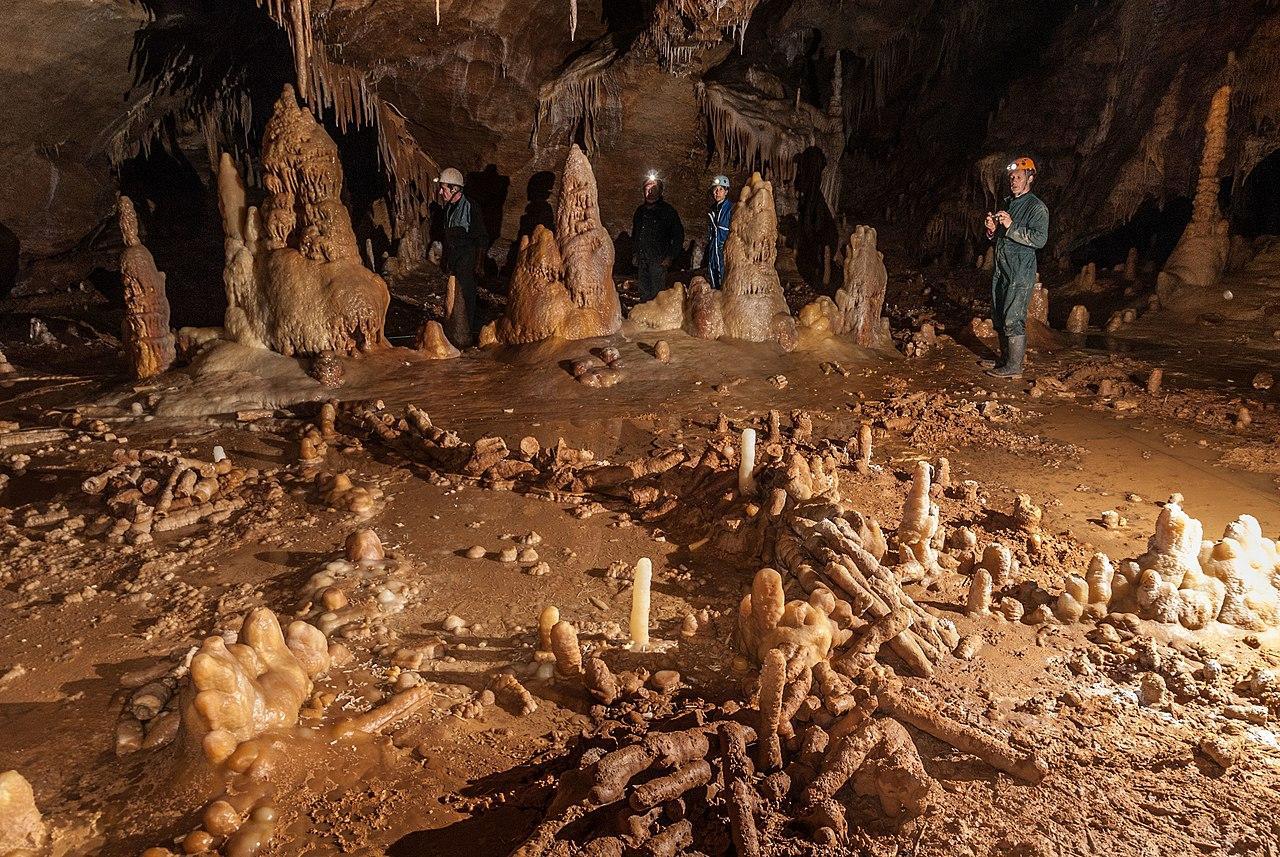
Source: Wikimedia
While the researcher admits there is no evidence of conflict, he notes it’s possible, stating, “To find archaeological traces of a Neanderthal–Sapiens war, we would need to uncover many more archaeological sites from this key period.”
Homo Sapiens Take Control of the Cave
At the cave in question, Slimak notes Neanderthals and modern humans inhabited the region on alternating occasions, but Homo sapiens were the last to occupy the space around 44,000 years ago.

Source: Wikimedia
Slimak cites this as credible proof to suggest modern humans were the last group to inhabit the cave because they had previously wiped out the Neanderthals.
Regimented Weapon-Making of Modern Humans
Despite finding very few weapons belonging to the Neanderthals, Slimark notes that they were “excellent artisans” and they made tools with “a creativity that is beyond us.”
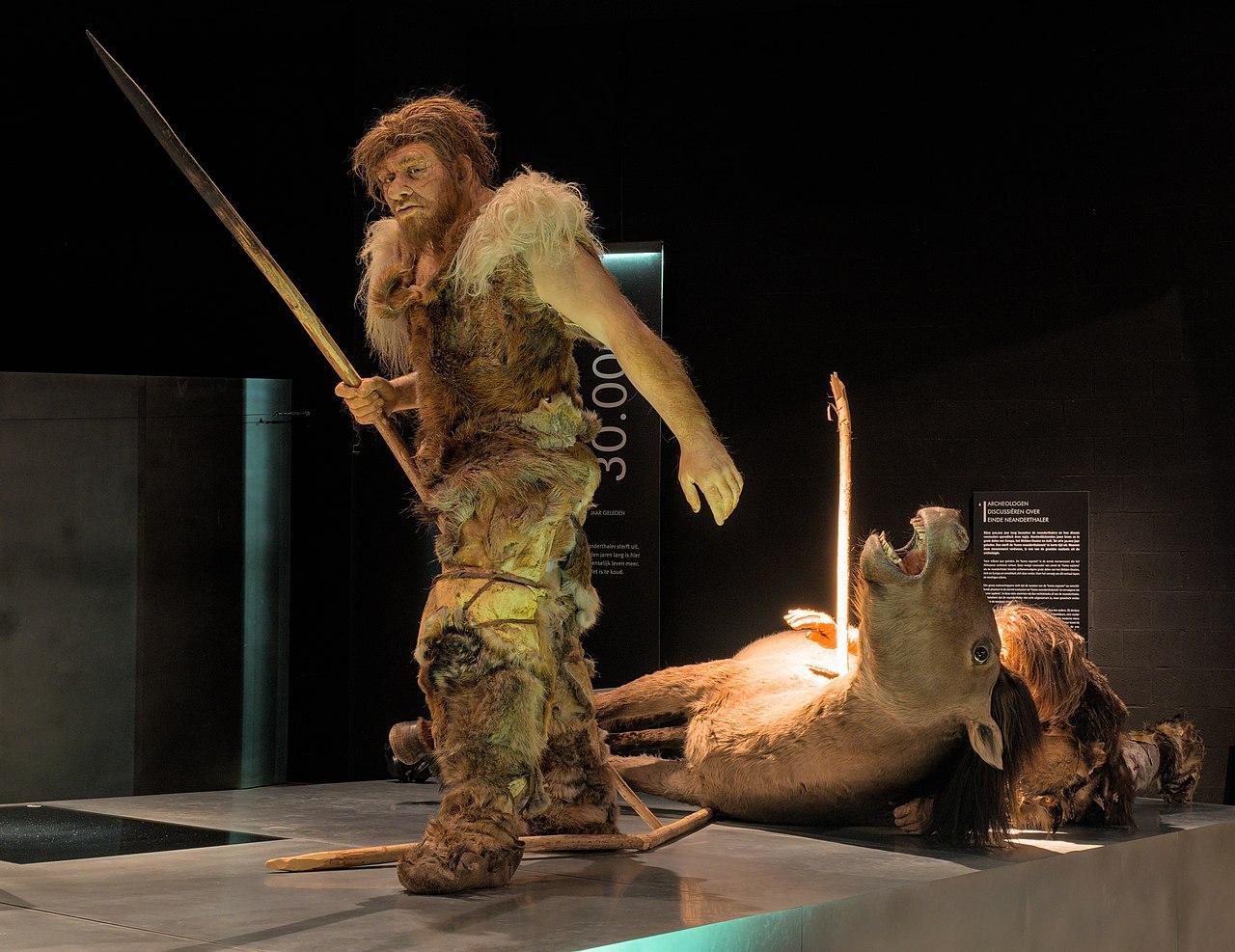
Source: Wikimedia
However, he admits this wasn’t enough to outwit Homo sapiens, explaining “modern humans who colonized Europe produced weapons that were both more numerous and more effective.”
Are Homo Sapiens Really to Blame?
While Slimak is adamant Homo sapiens and their standardization of weapons led to the extinction of Neanderthals, other academics in the field have suggested more evidence is required to prove his hypothesis.
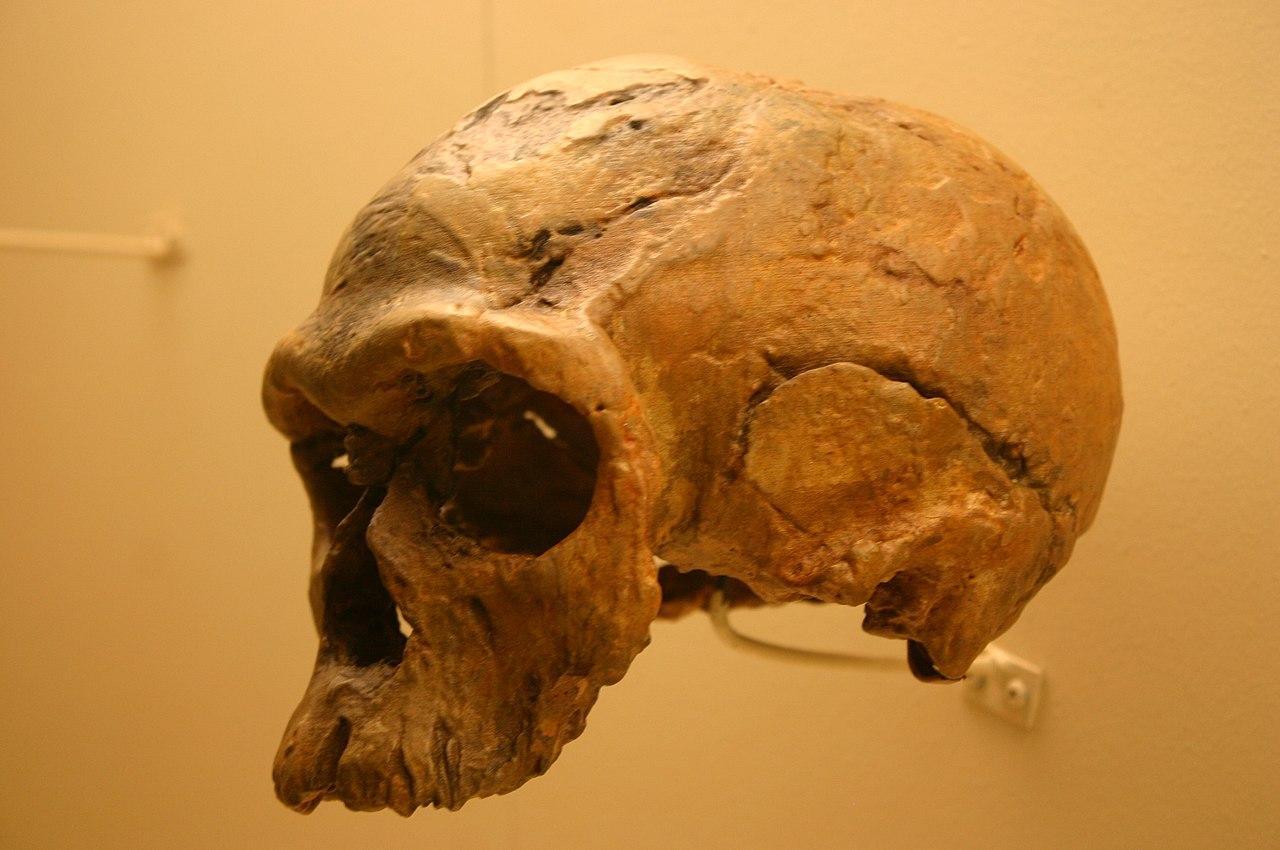
Source: Wikimedia
April Nowell, an archaeologist from the University of Victoria, explained that while the two species might have gone to war over the cave in France, “it may not be the case everywhere.”
Interbreeding Between Modern Humans and Neanderthals
In reality, modern humans have a small amount of Neanderthal DNA in their genetic profiles, suggesting the two species intermingled and may have mated on numerous occasions over thousands of years.
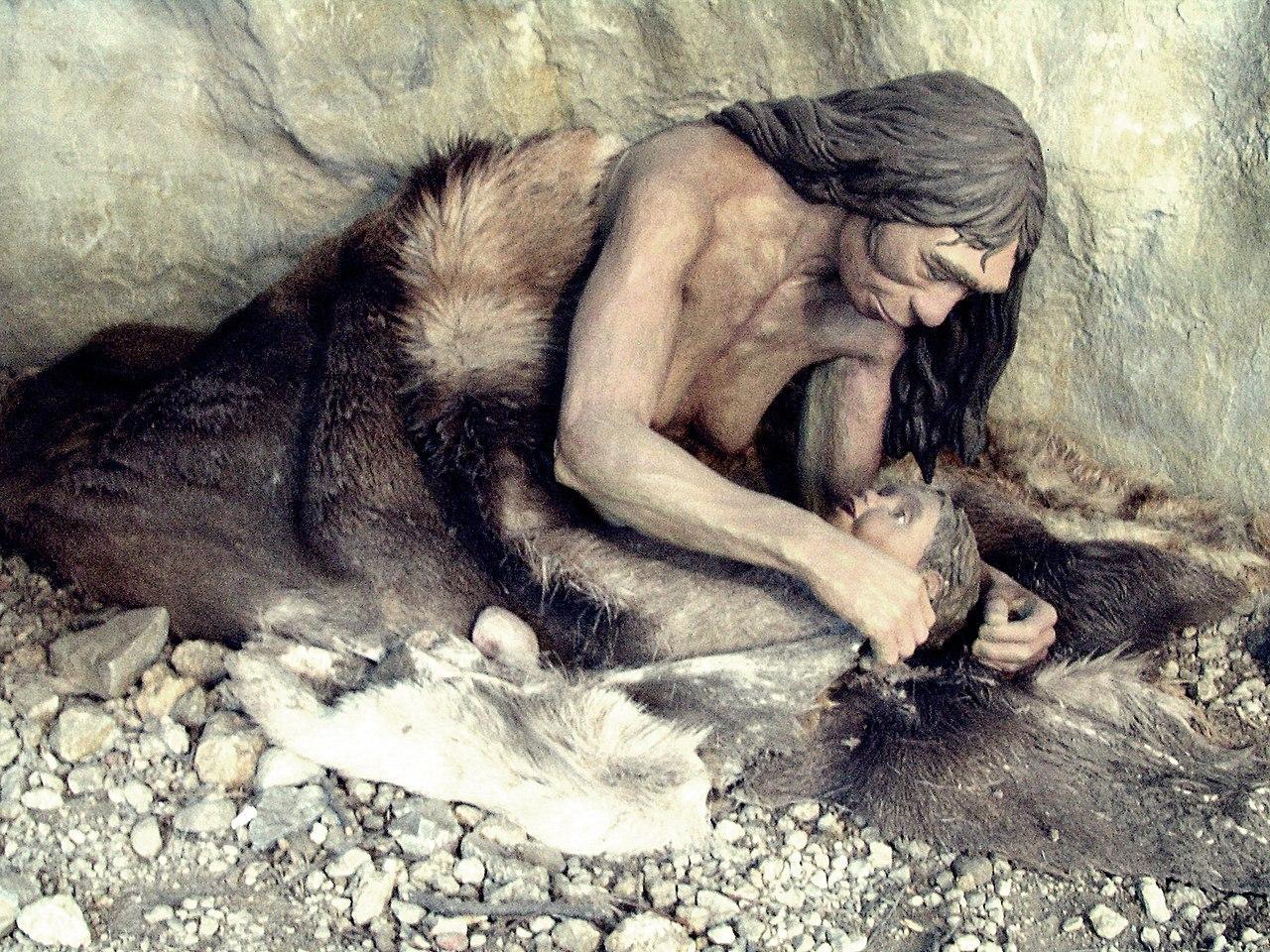
Source: Wikimedia
This suggests some level of relationship between modern humans and our extinct cousin outside of warfare. However, researchers admit genes provide little or no real evidence about the nature of the relationship or how closely humans and Neanderthals lived.
Homo Sapiens Are More Intelligent, Says Archaeologist
Regarding Slimak’s theory on the intelligence of Neanderthals, Nowell said, “Usually the argument is made that Homo sapiens are more creative,” noting they were better at adapting to new environments.

Source: Pngtree
The archaeologist proposed that while the expansion of Homo sapiens might have played a role in the extinction of Neanderthals, many other theories are being postulated by anthropologists.
Author Argues Homo Sapiens Led to the Extinction of Neanderthals
While Nowell suggests various other factors contributed to the disappearance of Neanderthals, Slimak refutes this, claiming such events only played a minor role in their extinction.
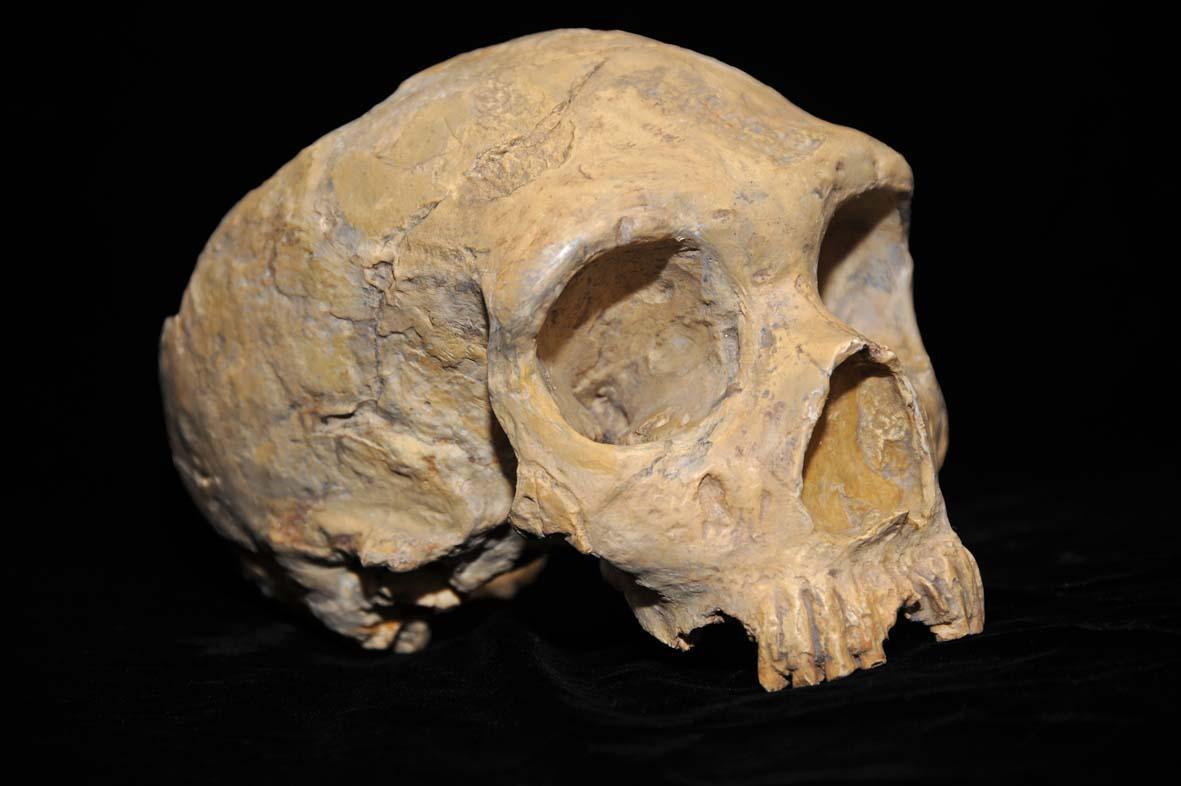
Source: Wikimedia
He proclaims, “We can argue endlessly about dates, climate, or this or that other factor, but we have to accept that we are faced with a clear and radical replacement of population.” As it stands, further investigation will be required to either prove or refute Slimak’s claims.
